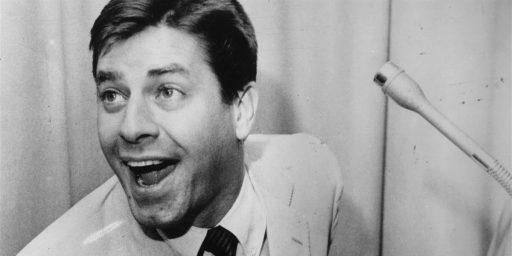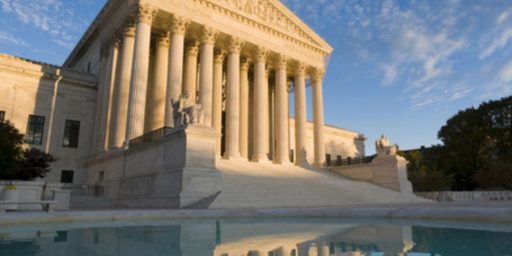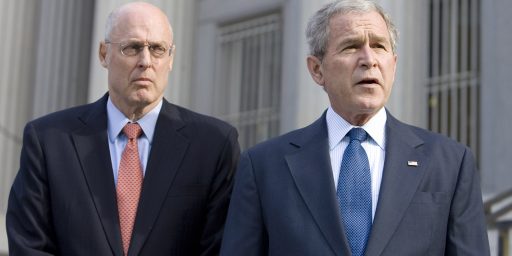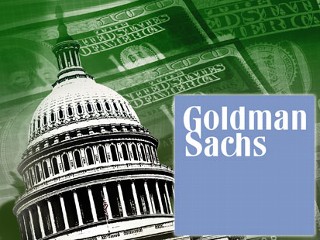Breaking the Bank
 If the information in this Op-Ed at the Wall Street Journal is true, then there was an amazing amount of deception going on on the part of former Secretary Henry Paulson and Fed Chairmen Ben Bernanke.
If the information in this Op-Ed at the Wall Street Journal is true, then there was an amazing amount of deception going on on the part of former Secretary Henry Paulson and Fed Chairmen Ben Bernanke.
In the name of containing “systemic risk,” our regulators spread it. In order to keep Mr. Lewis quiet, they all but ordered him to deceive his own shareholders. And in the name of restoring financial confidence, they have so mistreated Bank of America that bank executives everywhere have concluded that neither Treasury nor the Federal Reserve can be trusted.
Mr. Lewis has told investigators for New York Attorney General Andrew Cuomo that in December Mr. Paulson threatened him not to cancel a deal to buy Merrill Lynch. BofA had discovered billions of dollars in undisclosed Merrill losses, and Mr. Lewis was considering invoking his rights under a material adverse condition clause to kill the merger. But Washington decided that America’s financial system couldn’t withstand a Merrill failure, and that BofA had to risk its own solvency to save it. So then-Treasury Secretary Paulson, who says he was acting at the direction of Federal Reserve Chairman Bernanke, told Mr. Lewis that the feds would fire him and his board if they didn’t complete the deal.
Mr. Paulson told Mr. Lewis that the government would provide cash from the Troubled Asset Relief Program (TARP) to help BofA swallow Merrill. But since the government didn’t want to reveal this new federal investment until after the merger closed, Messrs. Paulson and Bernanke rejected Mr. Lewis’s request to get their commitment in writing.
“We do not want a disclosable event,” Mr. Lewis says Mr. Paulson told him. “We do not want a public disclosure.” Imagine what would happen to a CEO who said that.
[…]
But it is the Merrill deal that raises the most troubling questions. Evaluating the policy of Messrs. Bernanke and Paulson on their own terms, this transaction fundamentally increased systemic risk. In order to save a Wall Street brokerage, the feds spread the risk to one of the country’s largest deposit-taking banks. If they were convinced that Merrill had to be saved, then they should have made the public case for it. And the first obligation of due diligence is to make sure that their Merrill “rescuer” of choice — BofA — had the capacity to bear the losses. Instead they transplanted the Merrill risk to BofA shareholders, the bank’s depositors and the taxpayers who ensure those deposits. And then they had to bail out BofA too.
Messrs. Bernanke and Paulson also undermined the transparency that is a vital source of investor confidence. Disclosure is not a luxury to be enjoyed only when markets are rising. It is the foundation of the American regulatory system and a reason investors have long sought to keep their money within U.S. borders. Could either man have believed that their actions wouldn’t eventually come to light, with all of the repercussions for their bank rescue plans?
Mr. Paulson told Mr. Cuomo’s investigators that he also kept former SEC Chairman Christopher Cox out of the loop while forcing BofA to rescue Merrill. Mr. Cox wasn’t the only one. Mr. Paulson and Mr. Bernanke both sit on the Financial Stability Oversight Board, comprised of federal regulators who oversee TARP. Two days after Mr. Lewis told the dynamic duo that Merrill’s losses were exploding and that he was looking for a way out, Mr. Bernanke chaired and Mr. Paulson attended a meeting of this board. Minutes of the meeting show no mention of BofA or Merrill.
[…]
No wonder no banker in his right mind trusts the Fed or Treasury, and no wonder nobody but Pimco and other Treasury favorites is eager to invest in the TALF, the PPIP, or any of the other programs that require trusting the government as a business partner.
The political class has spent the last few months blaming bankers for everything that has gone wrong in the financial system, and no doubt many banks have earned public scorn. But Washington has been complicit every step of the way, from the Fed’s easy money to the nurturing of Fannie Mae and Freddie Mac, and since last autumn with regulatory and Congressional panic that is making financial repair that much harder. The men who nearly ruined Bank of America have some explaining to do.
I’ve noted before that increasing uncertainty was one of the main points of TARP. Have every bank take some money so that it would be harder to figure out which banks are in trouble and which aren’t. If the above is true it looks like it was even worse. Deliberately hiding troubling information for as long as possible and strong arming bank executives to get them to fall in line.
What is amusing is that, as Matt Welch points out, the Wall Street Journal wasn’t singing the same tune last fall when bailout fever was at its worst.
Photo by Flickr user bkzzang under the Creative Commons license.






This definitely seems a story to watch.